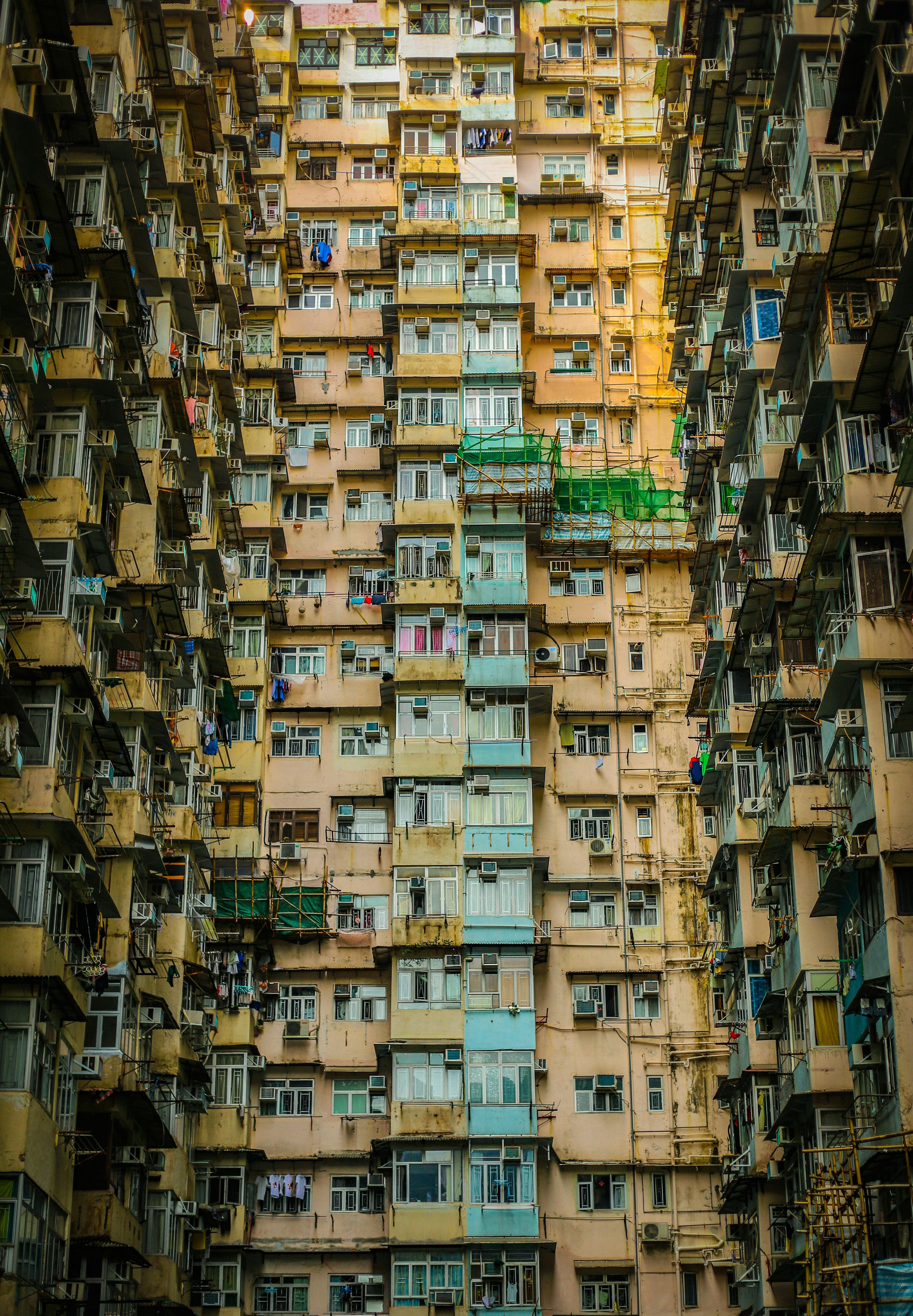The 10 fastest-growing cities in the world are all in India

A view of Bandra-Worli Sea Link bridge over the Arabian Sea in Mumbai.
Image: REUTERS/Francis Mascarenhas
Stay up to date:
Cities and Urbanization
Picture yourself in one of the world’s wealthiest cities: New York, Los Angeles, Zurich and London may spring to mind. But in terms of the fastest growing - based on annual gross domestic product - it is Asian cities – particularly those in India – that are powering ahead.

According to research institute Oxford Economics, all the top 10 fastest-growing cities by GDP between now and 2035 will be in India.
Surat, in the state of Gujarat, will have the fastest economic growth in the world.
The city is a renowned diamond processing and trading centre, with a strong IT sector, and the report predicts an average annual GDP growth rate of 9.2% between now and 2035.
In second place is Agra – home of the Taj Mahal – which will grow by 8.6% per year.
Bengaluru – known as India’s Silicon Valley because of its booming tech and start-up scene – will grow 8.5% year on year by 2035, putting it in third place.
Hyderabad, another Indian tech hub, is in fourth place with 8.47% growth. The southern city is also home to the country’s first IKEA store.
Outside of India, Phnom Penh, the Cambodian capital, will see the fastest growth at 8.1%, while Dar es Salaam, Tanzania’s economic capital, will lead African cities with 7.8%.
The 2018 study looked at 780 cities and estimated that the world’s major urban economies will grow by 2.8% a year.
Its authors say cities will drive the growth of the global economy, which they project will expand by 2.6% per year.
From West to East

The dominance of India’s rapidly growing cities represents a broader shift in economic might from West to East.
As early as 2027, the combined GDP of all Asian cities will exceed that of North American and European cities together, the report's authors predict: by 2035 it will be 17% higher.
China is leading the charge: it will have four cities – Shanghai, Beijing, Guangzhou and Shenzhen – in the top 10 for GDP in 2035. Today, only Shanghai appears on that list.
Compared to other Chinese cities, Shanghai has a more liberal and free-market economy, along with stronger international business connections, the report says, highlighting that China wants to develop the city into a major pan-Asian financial centre.
Beijing will benefit the most from China’s Belt and Road Initiative, while Guangzhou is the clear winner in the Pearl River Delta region, a vast urban area adjacent to the South China Sea with easy access to many of China’s main trading partners.
Growth story of the decade

In its latest economic forecast, the IMF says that India's economy is set to grow faster than China's this year, at a rate of 7.4% in 2019 compared with China’s 6.2%.
With a favourable demographic profile and a large and growing consumer market, India is likely to be the most compelling growth story of the decade.
India now makes up 15% of global growth, fueled by foreign investment and strong domestic demand.
The country ranks 58th out of 140 economies in the World Economic Forum’s last Global Competitiveness Report, up five places from 2017.
What is the World Economic Forum's India Economic Summit 2019?
It scores particularly strongly in innovation capability. However, corruption is still an issue, hampering business along with difficulty in accessing finance, and high tax rates.
Despite the speed of growth of Indian cities, they remain relatively small in terms of economic output.
Surat's projected $2.7 billion GDP in 2035 is dwarfed by New York’s $2.5 trillion or Tokyo’s 1.9 trillion.
This means that little is likely to change at the top of the list of cities with the largest GDP between now and 2035.
Don't miss any update on this topic
Create a free account and access your personalized content collection with our latest publications and analyses.
License and Republishing
World Economic Forum articles may be republished in accordance with the Creative Commons Attribution-NonCommercial-NoDerivatives 4.0 International Public License, and in accordance with our Terms of Use.
The views expressed in this article are those of the author alone and not the World Economic Forum.
Forum Stories newsletter
Bringing you weekly curated insights and analysis on the global issues that matter.
More on Urban TransformationSee all
Jeff Merritt and Vivian Brady-Phillips
July 25, 2025
Muhammad Hassan Dajana and James Balzer
July 22, 2025
Olivia Nielsen
July 16, 2025
Luis Antonio Ramirez Garcia
July 14, 2025
Sam Markey, Basmah AlBuhairan, Muhammad Al-Humayed and Anu Devi
July 8, 2025




